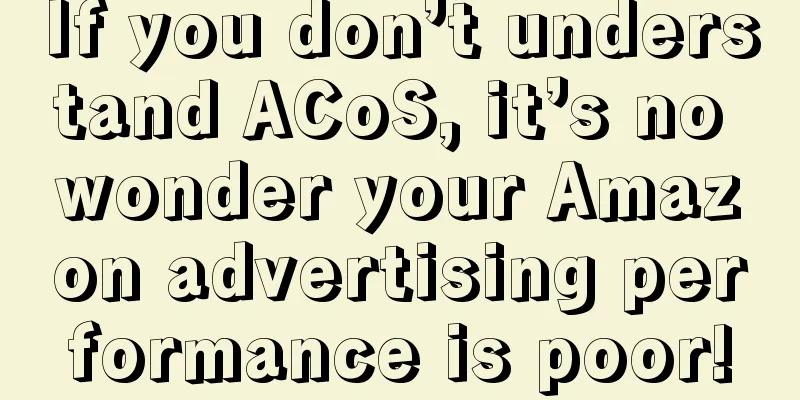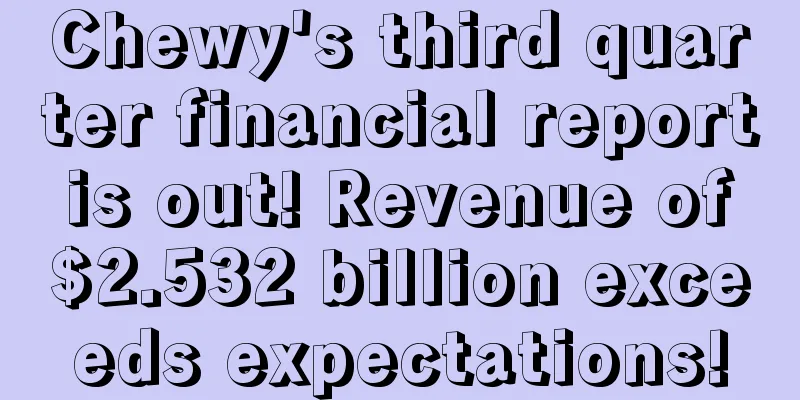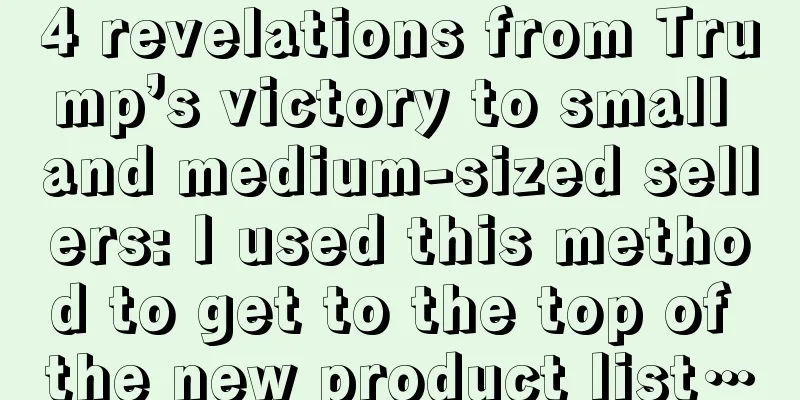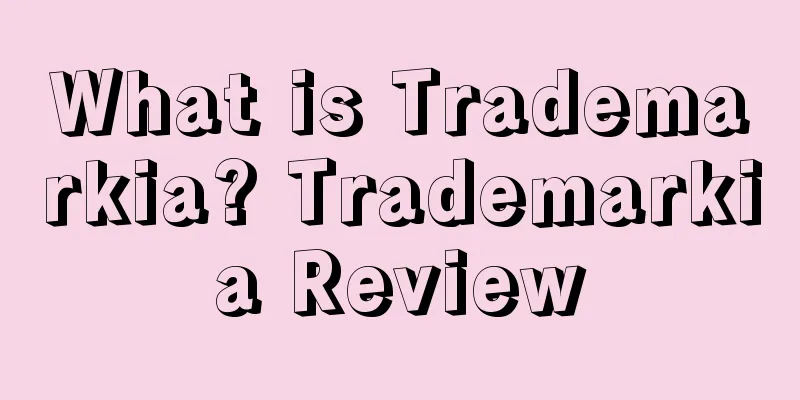|
ACoS represents the profitability of the ad campaign. The lower the ACoS, the higher the revenue generated by the ad. Therefore, ACoS is the ratio of Amazon advertising fees to the total revenue generated by the ad.
The benchmark value for an excellent ACoS may vary from industry to industry. Therefore, the industry benchmark for your product may be different from the industry benchmark for another product. 1. How to calculate ACoS? The ACoS for any Amazon PPC campaign is expressed as a percentage. The formula for ACoS is: Advertising expenditure/Advertising revenue*100 Ad spend is the total amount of cash you spend on Amazon PPC ads, while ad revenue is the total amount of money you earn from advertising on the Amazon PPC advertising platform. Let’s say you sell baseball bats on Amazon. In the last month, you spent $200 on Amazon PPC campaigns to promote your product and earned $800. In this case, your ACoS is: As mentioned before, the lower the ACoS, the better. The lower the percentage, the more efficiently you are using your advertising dollars. Going back to the above example, let’s assume that the total revenue generated from the PPC campaign is $400 instead of $800 as above. In this case, the ACoS would be: Comparing the two cases, it is clear that the profit is higher in Case 1 because the ACoS value is lower. A low ACoS percentage indicates that your advertising costs are low relative to your advertising revenue. profit The average ACoS varies across industries. This variation may be due to the different profit margins in different industries. Your profit margin is your “take-home profit,” or the cash left after you subtract your costs from your revenue. Costs can be the cost of making your products, storage costs, delivery costs, and Amazon fees. Going back to the baseball bat example above, let’s say your profit margins are low because the bat is expensive to produce. Even with an ACoS of 25%, your “real profit” is just enough to keep you from breaking even. To counter this, you could raise the price of the bat to increase revenue. Assume that the revenue increases to 1000. In this case, the ACoS will decrease to 20% because: ACoS = 200 / 1000 * 100 = 20% If everything remains constant, then increasing revenue by taking more profit will certainly lower your ACoS, but you also need to be aware of the impact that the price increase will have on sales of baseball bats. In ideal market conditions, if you see fewer sales due to the price increase, your ACoS might return to 25%. This example illustrates why most Amazon sellers consider profit margin to be critical to maintaining a good ACoS. In reality, a good ACoS means maintaining a balance between ad spend, revenue, and profit margin. 2. How to improve and reduce ACoS? Understanding what your break-even ACoS is will help you improve or lower your ACoS. The break-even ACoS is when your advertising costs equal your advertising revenue. In other words, the break-even ACoS gives you an idea of whether your PPC advertising is profitable. Let's go back to the baseball bat example to calculate the break-even ACoS. Let's say you spent $200 on advertising to sell baseball bats, and the total revenue from the sales of baseball bats was $800. However, the profit margin was only 50%, or $400. The $400 profit is also the profit before the advertising expenses are taken out. In this case, your breakeven ACoS is: Profit before advertising (profit margin)/revenue In other words, 50% ACoS is the break-even point, which means you neither make money nor lose money. To improve your ACOS, you need to lower the percentage. This also means that you need to lower your ACOS to 50% or below to make a profit, while above 50% you will lose money. This example shows that you should not only pay attention to revenue, but also to profit margin. Here’s how profit affects ACOS: Profit Margin: 50% of $800 = $400 ACoS = $200 / $800 * 100 = 25% Break-even ACoS = $400 / $800 * 100 = 50% Profit margin: 25% of $800 = $200 ACoS = $200 / $800 * 100 = 25% Break-even ACoS = $200 / $800 * 100 = 25% The comparison of the two companies above shows that the ACoS values of the two companies are equal, but the break-even ACoS values of the two businesses are very different. This difference occurs because of the different profit margins of the two companies. In this case, Company B has much lower profit margins, which means it would need to reduce its breakeven ACoS to less than 25% to remain profitable. In contrast, Company A may be able to break even more easily due to its higher profit margins. Therefore, as long as the breakeven ACoS value is less than 50%, Company A will make money. 3. What is a good ACoS? You can set a target ACoS. The target ACoS is the profit you will make from spending on PPC ads. In the example above (the profit of the baseball bat seller is $400), the seller can set a target ACoS by allocating $200 of the $400 to the marketing channels. If so, the new ACoS of Seller A will be 25%, similar to Company B. Below are the average ACOS for different industries. You can use this information to compare your PPC advertising performance: Sporting & Recreational Equipment:8.04% Consumer Electronics & Computers: 11.15% Jewelry & Watches: 11.54% Home Improvement & Hardware:12.71% Apparel & Accessories:12.89% Distribution & Wholesale: 13.29% Flowers, Gifts & Specialty:13.35% Household Appliances: 14.20% Furniture & Decorations:20.17% Records, Videos & Books: 25.31% Vitamins & Supplements: 30.05% Consumer Goods – Household Goods: 32.87% Consumer Goods – Food & Beverages: 33.52% These ACoS indicators can be used as a reference to understand your performance. 4. 5 Tips to Reduce ACoS While you can control your profit margins and ad spend, you can’t fully control how much Amazon charges for PPC ads. Despite these drawbacks, you can still reduce your ad costs using these 5 tips: Targeting your market with the right keywords can help reduce overall advertising costs. In the baseball bat example, you could use the Amazon Keyword Planner to find similar keywords for baseball bats to ensure your ads are only shown to the most interested audience. Likewise, don’t stuff keywords in your listing. You can also reduce your ad spend by improving the relevance of your listings to your ad content. Amazon uses product information to match relevant ads. So if you’re selling wooden baseball bats, the most relevant keywords would be “wooden baseball bats” or “wood baseball bats” rather than the general keyword “baseball bats.” At the same time, you should create a separate keyword list to target each product instead of using a one-size-fits-all strategy. In short, your keywords and listings should be closely related to reduce your overall ad spend. Just like search engines, relevant titles play a key role in attracting customers on Amazon. Product titles are crucial because potential customers will learn about the product before visiting the product page. Many sellers provide differentiation by including information about materials, styles, and sizes in the title. Your ad will be displayed with other ads; therefore, it is important to provide potential customers with an overview of the product to ensure that only relevant customers click on your page, as you pay Amazon on a pay-per-click basis. You can determine your bid using the following formula: (Average Order Value) x (Conversion Rate) / (1 / Target ACoS) The target ACoS and order value are easy to determine; however, you will need some time to calculate your conversion rate. After a few days, you can view your conversion rate on Amazon Seller Central and use that data to calculate your bid. As a seller, you should learn to tell Amazon not to run ads for specific search terms. For example, if you only sell wooden baseball bats, then don’t run Amazon ads to audiences interested in aluminum, composite, and hybrid baseball bats. Keep in mind that Amazon will serve your ads to a broad audience unless you tell it to. In this case, it’s best to tell Amazon not to serve ads to a specific audience, even if the audiences appear to be connected. Using negative keywords can reduce your ACoS and increase profitability by serving ads to relevant audiences. You should focus on improving your profit margins and lowering your ACoS using appropriate keywords. You can start by looking at the average ACoS for your industry and then set a target ACoS and then adjust your keywords to get better results. |










